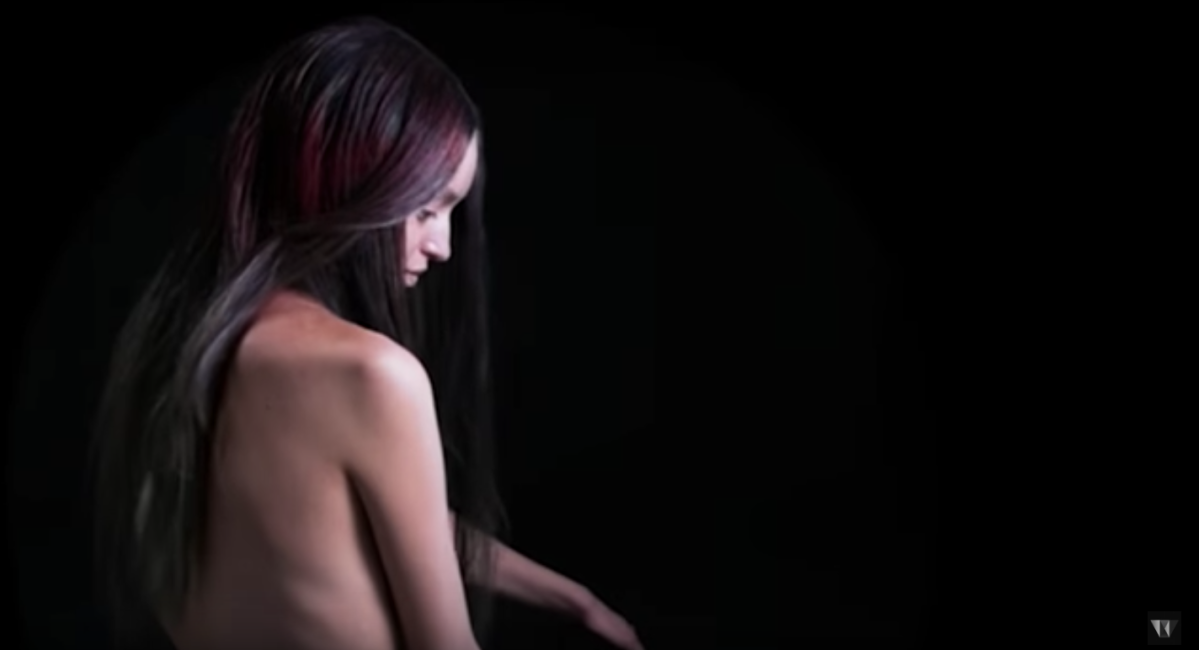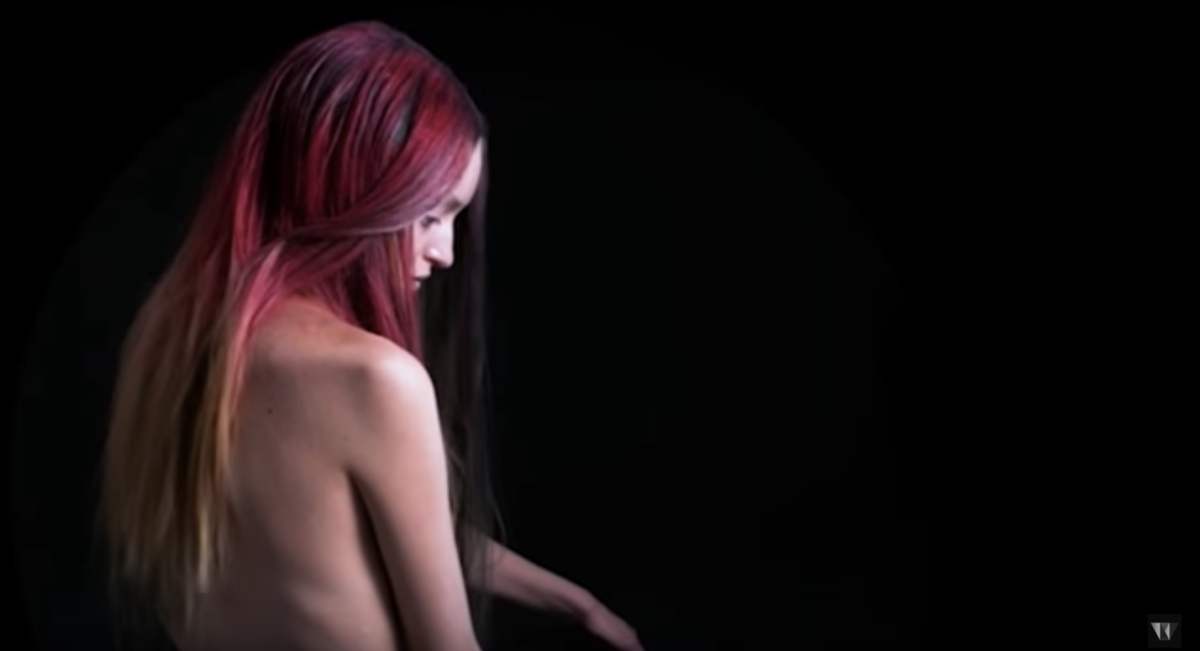
Thermoregulation
It’s now possible for you to change your hair color as quickly as it takes for you to step out of your door.
The Unseen has developed a color-changing hair dye that responds to shifts in temperatures—so it could turn fiery red while you’re out under the sun and then back into a more muted, brown shade once you go indoors.

The creator, Lauren Bowker of The Unseen, has called the dye FIRE. The technology in the dye uses the process of thermoregulation in human skin, where stimuli prompt chemical reactions. In this case, the dye is made from thermochromic ink, which responds to temperature fluctuations. When the temperature drops or rises, the carbon-based molecules in the FIRE dye show a visible reaction.

As Bowker explains in an interview with Forbes:
“Above a certain temperature, one of the molecule forms is more stable than the other, and so a reaction takes place producing a molecule with a slightly different absorption of light, and thus a different color… Essentially, the active part of the dye system is a complex carbon based molecule, which undergoes a reversible reaction with itself.”
Reactive Fashion
Bowker has also assured that the chemical formulation of the dye is safe. “”Because of how we’ve formulated the dye, we’re confident there will be no damage to the scalp, and no significant effect on the hair fibres themselves (no more than typical semi permanent dyes that is.)”
Technology such as this showcases how advancements in science are lending themselves to even the most unexpected developments. Combining chemistry and fashion, FIRE is essentially a demonstration of how material science and data are modernizing the augmentation of appearance. Perhaps in years to come, we will see even further advancements in augmentation. Tattoos that change and react, light-sensitive clothing, who knows what could be ahead of us.
The FIRE dye isn’t officially on the market yet. It still has to undergo further testing, and the different seasonal and color formulations need to be completed before it goes into commercial production. But we are still not too far away from thermoregulated hair color.